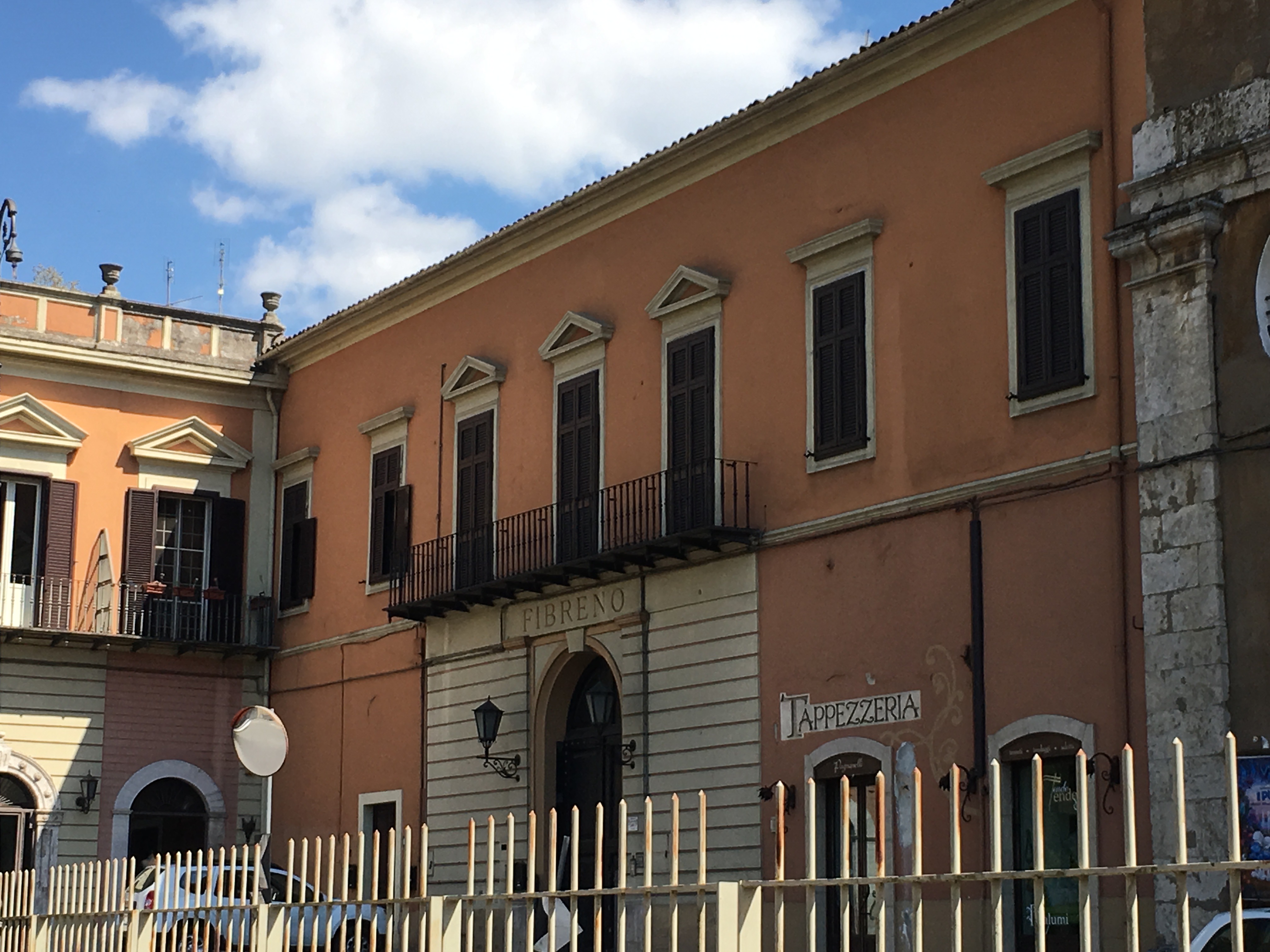The paper mill Fibreno-Lefevre in Isola del Liri was born in a convent that the king of Naples, Gioacchino Murat, had requisitioned and sold to private industrialists, according to the instructions of Napoleon who had requisitioned and sold the property of the church in many parts of Italy.
Looking at the original entrance of the Fibreno paper mill, named after the small tributary of the Liri that passes here, one can recognise the characteristic features of the original facade of the church.
The paper mill was founded in 1812 by Antonio Beranger and was the largest in the Kingdom of Naples.
In 1822, it was acquired by Carlo Lefebvre, a French industrialist who had made fortunes as tax collector for South Italy.
The paper mill had a production of excellence also thanks to the purity and temperature of the water of Fibreno river, and the factory expanded rapidly.
The story of this paper mill is really special because some of the buildings had disappeared from the memory of the people for years, hidden by rocks and plants on the steep slope following a small cascade of the Fibreno canal.
The original core of the paper mill, in fact, covers five floors from the roadside to the river level and was thus designed to make the most of the hydraulic power of the water.
It is the oldest and produced paper from rags and was abandoned when they started to produce paper with cellulose.
The abandonment, in favour of a new construction of the Lefebvre paper mill on a single level that allowed a better organization of work, led to nature taking over the building.
Only because of a landslide on the road above and the resultant need for slope consolidation work has this imposing building been discovered on whose roof the small chapel of Santa Maria delle Forme was built.
The little church was built by Lefebvre to satisfy the need of the local population who were still very devoted to the original church of the convent.
In the 1990s the work began of transforming the premises into a museum dedicated to industrial archaeology, which has included the factory premises and a public park around them.
The work is not yet complete but you can understand the general effect and have an idea of the cycle of paper production from rags.
The single level part of the paper mill, however, was purchased in 1892 by Gabriele de Caira and in 1907 by Cartiere Meridonali and was in operation until the 1980s.









Follow us